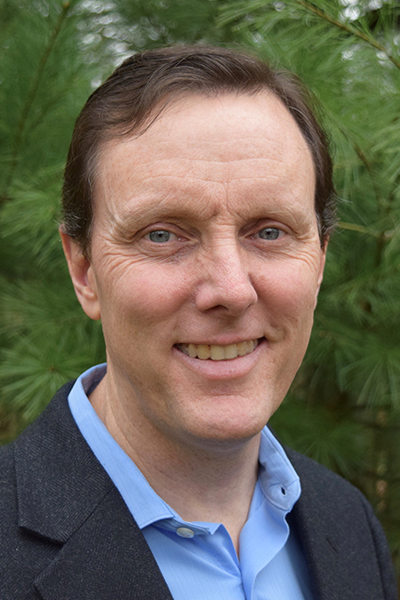This edition’s column is by ASR Program Manager Jeff Stehr.

After the whirlwind of the 2022 American Geophysical Union (AGU) Fall Meeting, the holidays, and the 2023 American Meteorological Society (AMS) Annual Meeting, we all feel like taking a breather. But looking ahead, we have plenty of new challenges and opportunities.
I do hope that everyone had a relaxing holiday season. It was wonderful to see so many of you in Chicago at AGU in December. Shaima Nasiri, my co-program manager, reports the same during her time at AMS in Denver. We will report more on this in next month’s edition of ASR News, but Shaima was named an AMS Fellow at this meeting. I know you will all join me in congratulating her on this well-deserved honor!
I close this column with a request of the ASR community, so please don’t skip the ending!
New Research
What is ahead? While the landmark Surface Atmosphere Integrated Field Laboratory (SAIL) field campaign continues until June, the ARM user facility is about to launch the Eastern Pacific Cloud Aerosol Precipitation Experiment (EPCAPE) field campaign on February 15.
Led by ASR scientist Lynn Russell of Scripps Institution of Oceanography at the University of California, San Diego, EPCAPE will characterize the extent, radiative properties, aerosol interactions, and precipitation of low marine stratocumulus clouds at the coastal edge of the eastern Pacific. For this edition, we’ve prepared a feature story on Lynn and her science.
New Opportunities
For anyone following news from the Department of Energy, you’re already aware of a series of new funding opportunity announcements (FOAs).
As a reminder, the Funding for Accelerated, Inclusive Research (FAIR) initiative will provide $35 million to help build research capacity, infrastructure, and expertise at institutions historically underrepresented in science, including minority-serving institutions (MSIs) and emerging research institutions (ERIs). The deadline for required pre-applications is Tuesday, February 7, 2023, at 5 p.m. Eastern.
Meanwhile, DOE’s 2023 Reaching a New Energy Sciences Workforce (RENEW) initiative aims to build the foundations for research at institutions historically underrepresented in DOE’s research portfolio. The deadline for required pre-applications is Tuesday, February 21, 2023, at 5 p.m. Eastern.
The 2022 RENEW initiative recently announced 41 awards totaling $32 million to 37 institutions. Like FAIR, RENEW supports science, technology, engineering, and mathematics (STEM) to help diversify U.S. research leadership, including climate science.
“(Being a volunteer reviewer is) an excellent way to network with your colleagues and to learn how best practices for proposal writing are shifting over time, so in addition to helping serve the scientific community, you also see some concrete benefits as well.”
– Jeff Stehr
Shaima and I are proud to be involved in these initiatives—to not only reflect the diversity of the American population but also to make headway as we work together to solve pressing scientific challenges.
Sharing our Science
This is also a good time of year to remind everyone that we must capture and document DOE-funded science. ASR has created a form for publication submissions that also shares your journal articles with DOE’s Office of Scientific and Technical Information (OSTI).
We expect you to include a research highlight to accompany every journal article. These widely shared highlights give you the opportunity to summarize your research and describe its impact. You can submit your publication and research highlight in one step by completing this form.
We have also revamped our Resources for ASR Scientists page with essential information for all ASR researchers—whether you are a newly funded project principal investigator or a veteran ASR scientist.
In addition to submission information on publications and highlights, this page includes information on creating and managing project pages, receiving information from ASR, joining our working groups, and engaging with ARM. One of the key things emphasized on this page is the need to create an ASR/ARM account, which drives our subscription list. Please share this information with colleagues who may benefit from receiving ASR information.
The new page also details the annual progress report and final report process, and it includes a wide-ranging frequently asked question & answer section that we hope to grow and expand over time.
Finally, my request: Each year, in response to our calls, Shaima and I receive hundreds of proposals. Therefore, we are looking for volunteers to join our panel of reviewers. Please let us know if you want to join the review team. It’s an excellent way to network with your colleagues and to learn how best practices for proposal writing are shifting over time, so in addition to helping serve the scientific community, you also see some concrete benefits as well.
# # #Author: Jeff Stehr, ASR Program Manager, U.S. Department of Energy
This work was supported by the U.S. Department of Energy’s Office of Science, through the Biological and Environmental Research program as part of the Atmospheric System Research program.

